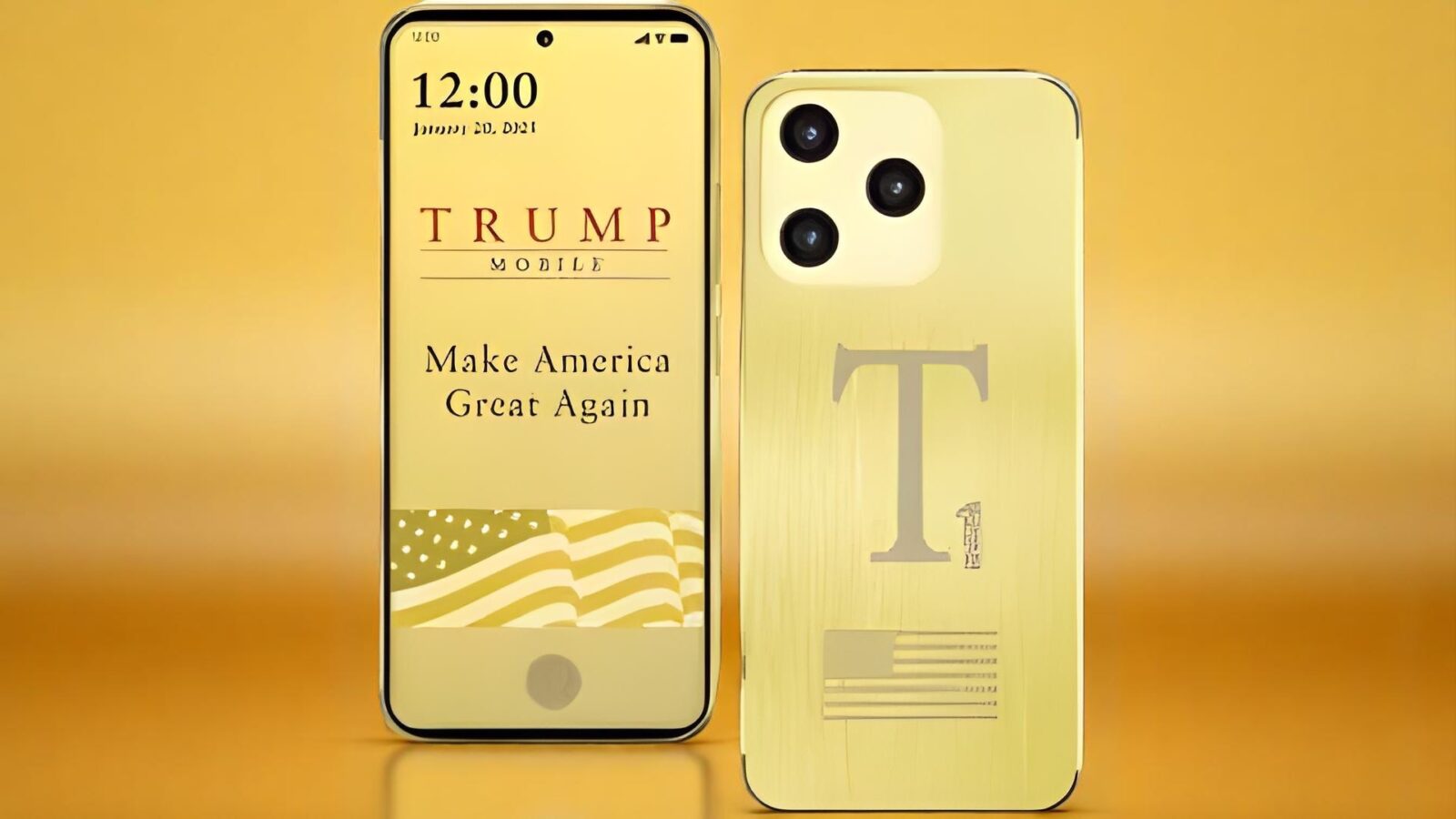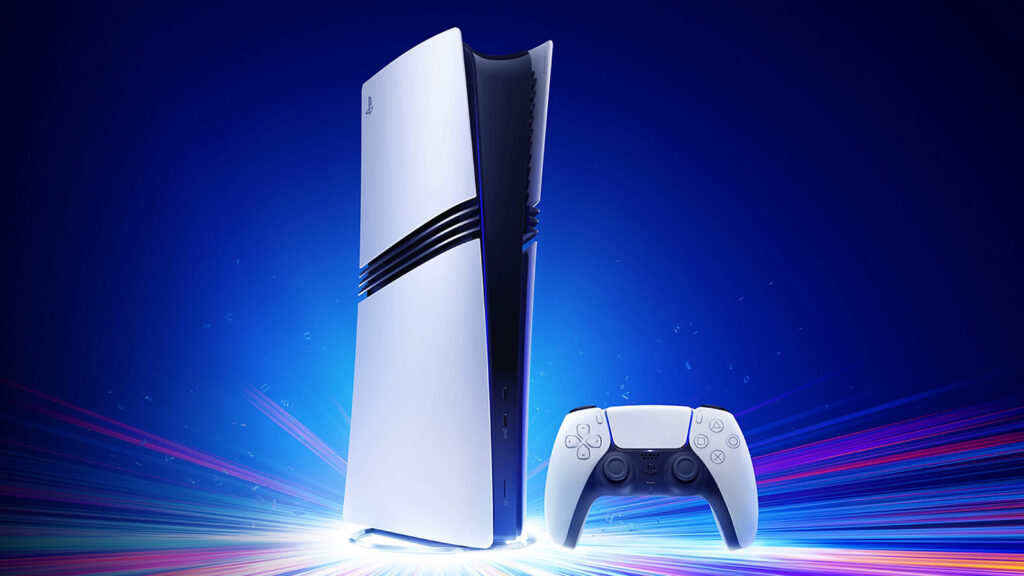or many pet owners, the desire to understand their cats and dogs on a deeper level is a constant. Whether it’s decoding a cat’s insistent meows at dawn or interpreting the subtle grunts and chuffs of a dog, the idea of talking to our pets has long captured the imagination. Thanks to advances in artificial intelligence, this concept may soon move closer to reality.
One of the more prominent tools in this space is Meowtalk, a smartphone app that uses machine learning to interpret the sounds cats make. The app claims to be the “#1 science-backed and AI-powered cat translator.” However, it’s important to note that independent verification of its accuracy remains limited, with most available research coming from the app’s own developers.
While the science of fully translating cat or dog vocalizations into human language remains in its early stages, the foundational work is underway. Ethologists—scientists who study animal behavior—have categorized many of the sounds cats produce, although these categories include numerous variations. For example, households with multiple cats often witness distinct responses and communication styles between each animal. Some cats even mimic unusual sounds, such as pigeon-like calls, adding complexity to the translation challenge.

Interest in animal communication technology is growing. Last December, Chinese tech giant Baidu filed a patent for a system designed to convert animal noises into human language. The company has confirmed that the project remains in the research phase, highlighting the ongoing global effort to bridge the communication gap between humans and animals.
While AI-powered apps and research offer promising steps toward understanding pets, the notion of fully “talking” to cats or dogs like humans is still a work in progress. When such technology becomes more refined, pet owners will face the intriguing question of whether they are ready to truly hear what their furry companions have to say.





